Cambridge nuclear bunker to get facelift
 BBC
BBCA concrete relic of the Cold War is to be revamped and brought back into use after remaining untouched for 65 years.
The bunker, formerly known as RSG-4, was built in 1953 to house 300 local government officials from Cambridge in the event of a nuclear attack.
The University of Cambridge, which acquired the building in the 1990s, will convert it for specialist storage use over the next 18 months.
A spokesman described the building as "an interesting piece of history".


The two-storey time capsule is a dusty warren of strip-lit corridors, large dormitories and offices, each labelled for different government departments of the period.
The exterior concrete walls are 1.5m (5ft) thick, with entry restricted to a single, combination-locked metal door.
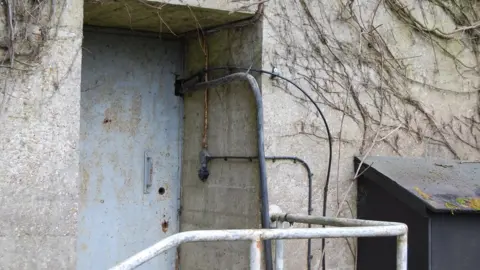
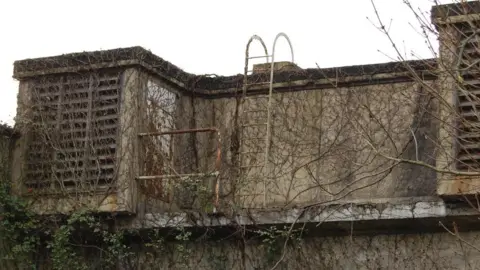
In the centre of the basement is a "war room", flanked on two sides by observation rooms connected by reinforced convex screens.
A giant diesel generator, wiring and soundproof walls are also part of its original features.
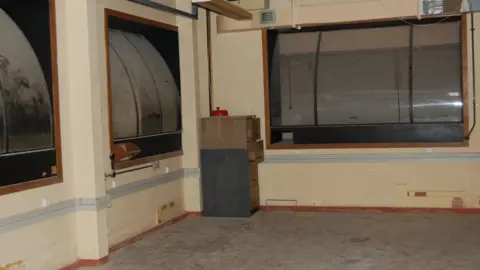
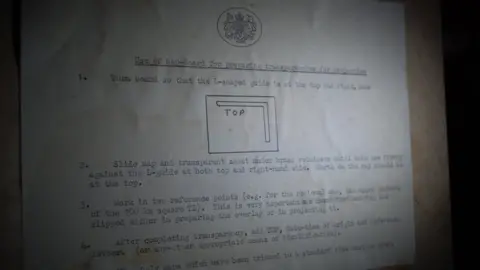
The bunker stands in 3,000 sq m (0.75 acres) of land off Brooklands Avenue, close to the university's botanical garden.
Steve Matthews, facilities support manager at the university, said it would have been the communications centre for local government and had bunk-bed space for more than 300 people.
"This was where they would co-ordinate everything - from the police to the military and hospitals - once they'd locked themselves in and were able to understand what was going on outside," he said.
"There are lots of little corners, little snippets of the 1960s. It's an interesting piece of history."
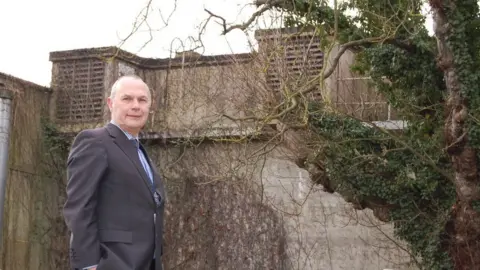
The university bought the site in the late 1990s for more than £1m, but has so far left the building untouched.
Replastering and asbestos removal is under way before the rooms inside are prepared for long-term, temperature-controlled storage.
"Anything we do will respect the building, and we'll try to keep as many of its original features but still make it a usable space for the university," Mr Matthews said.